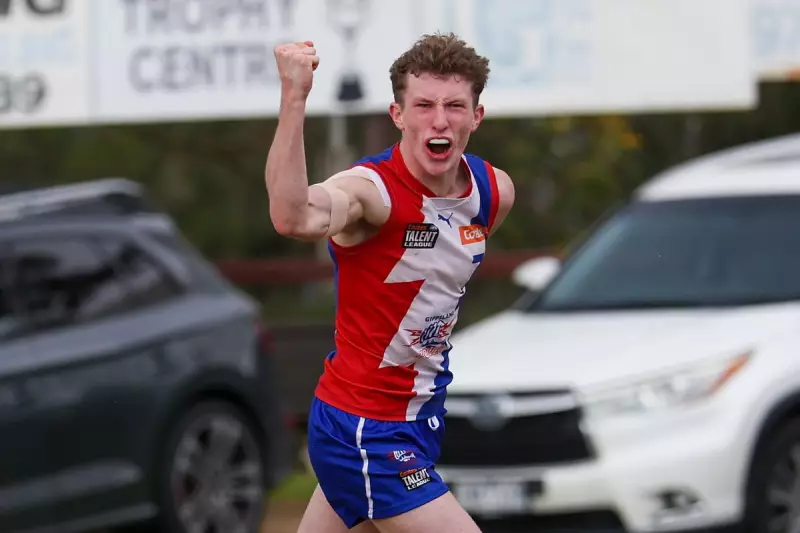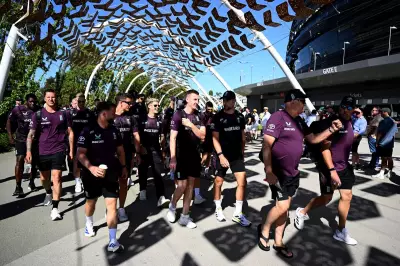
The West Coast Eagles are strategically positioning themselves for Monday's AFL draft with a clear focus on versatility, identifying two multi-positional talents as their likely primary acquisitions.
Versatility Becomes Key Draft Strategy
Willem Duursma, the highly-touted younger brother of Port Adelaide's Xavier Duursma, emerges as a probable top selection for the Eagles. The 18-year-old from Gippsland Power has demonstrated exceptional adaptability across multiple positions throughout his junior career.
"He's played back, he's played forward, he's played midfield," noted one recruiting insider familiar with West Coast's strategy. "That flexibility gives coaches multiple options when building their game plan."
Duursma's athletic profile combines elite endurance with natural football intelligence, making him equally dangerous whether setting up play from defence or creating scoring opportunities in attack.
Cooper Duff-Tytler's Rising Stock
Joining Duursma in West Coast's sights is Cooper Duff-Tytler, another versatile prospect who has impressed recruiters with his capacity to impact games in various roles. The Western Australian product has shown he can effectively compete both as a key position player and through the midfield.
Duff-Tytler's development throughout the season has been particularly noteworthy, with his consistency and work rate catching the attention of multiple AFL clubs. His local WA connections add an extra layer of appeal for the Eagles, who value retaining homegrown talent.
"When you're rebuilding a list, you need players who can fill different roles as the team evolves," explained an AFL talent analyst. "Both these kids offer that chameleon-like quality coaches love."
Draft Night Implications for Eagles
The November 20th draft represents a critical moment for West Coast as they continue their list regeneration following a challenging season. The Eagles hold several valuable picks that could see them secure both their primary targets.
The combination of Duursma and Duff-Tytler would address multiple list needs simultaneously, providing coach Adam Simpson with tactical flexibility rarely available from single-position draftees. This approach reflects modern AFL list management trends that increasingly prioritize adaptable athletes over specialized role players.
Both prospects have undergone extensive medical testing and interviews with multiple clubs, with West Coast appearing particularly invested in understanding how each player would fit their specific culture and game style.
As draft night approaches, the Eagles' war room will be weighing not just individual talent but how each piece complements their existing squad. The versatility of their likely top choices suggests a strategic approach focused on long-term roster construction rather than immediate positional needs.





